
Measurements of Success in Sports & Studies
You may have seen the new Netflix documentary ‘Beckham’, about one of England’s most well-known footballers. Near the start, Beckham talks about his school days

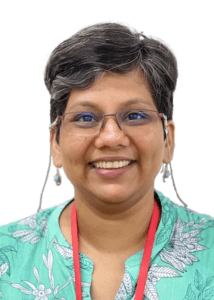
Ms. Maya Krishnan is from India & teaches MYP English Language Acquisition at OYIS. She is passionate about inclusion in education.
One of my dearest friends pulled her daughter, Ms. E, out of a regular school and began homeschooling her. I didn’t understand why. Ms. E is bright, active, reads above her age level, and has amazing analytical and creative skills. However, at school she was becoming a recluse, she couldn’t sit still and she wouldn’t write more than a few sentences. She had trouble understanding instructions and was losing her self-esteem. Every day they saw a drama getting to school. Ms. E is neurodiverse and my friend, frustrated with the lack of understanding from the school, decided to teach her at home.
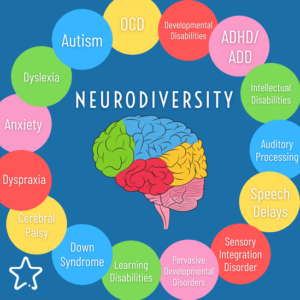
What does it mean to be neurodiverse?
Ms. E has Attention Deficit Hyperactivity Disorder (ADHD). Oh ok?! That explains it –she has a disorder. No wonder she can’t “cope” in regular school. It’s best for her mother to take on the challenging task of homeschooling her! This is a common reaction I get from other friends and sadly, some educators as well.
Well no, Ms. E is neurodiverse and her cognitive strengths are numerous and special. At age 8, she was able to explain and analyse the cultural and technological innovations of Egyptian civilization. Her school failed to understand her and kept trying to make her learn “normally”.
What is “normal” learning anyway? Let’s put a hold on that discussion for now. Back to neurodiversity.
Neurodiversity is a term that came out of the Autistic Rights Movement and it was coined in about the late 1990s. Judy Singer, a sociologist in Australia, was autistic and rejected the notion that their brains were broken or disabled. Coining the term “neurodiversity” gave the movement a radically new platform to champion their equal rights in education and society. The brain was not disabled, it was wired differently. However, now it has become an umbrella term for a variety of cognitive differences seen in individuals such as ADHD, Dyslexia, Sensory Processing Disorder, etc.
Temple Grandin is an American scientist in animal behaviour who transformed the livestock handling industry with her system innovations. Her super power is thinking in visual images and seeing a perspective that few possess. She also has autism and didn’t speak till nearly 4 years old and had many behavioural challenges growing up. She talks of the power of her autistic brain here in this video above. HBO has made a biopic based on her life. It is a fascinating watch!
The Stanford Neurodiversity Project defines “Neurodiversity as a concept that regards individuals with differences in brain function and behavioural traits as part of normal variation in the human population.”
Some skeptics argue that ‘neurodiversity’ is merely a positive spin on the term ‘disabled’. You cannot hide the disorders that individuals have and their challenging realities behind a fancy sounding term. Yes, true – individuals with autism or tourette’s syndrome have significant cognitive challenges that hinder their interaction with the world and people in the ways we understand as typical or normal. They may struggle to understand basics of reading and writing, interpret social cues and body language or appear to be intensely focused on a task with no awareness of their surroundings.
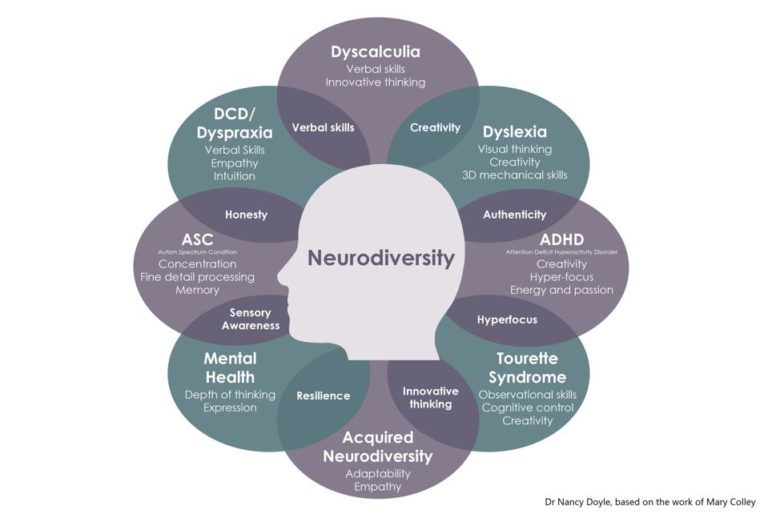
However, what we choose to notice and acknowledge first is what the brain puts its energies to right away. The power of a ‘label’, ‘term’ or concept goes deeper than being a mere euphemism. Many scholars in the field of special education argue for a strengths-based model. The debate rages on about the naming of cognitive differences with the word “disorder” which instantly highlights the deficits. How do we “see” individuals? Especially as educators, do we see students with what they can do or what cannot do?
Lea Waters, a psychology professor at the University of Melbourne, is the author of a book called “The Strength Switch” where she highlights the benefits of increased engagement, happiness and academic achievement in schools.
Inclusion at OYIS
Isn’t it wonderful to know that the OYIS Inclusion policy aligns with this strength based approach to neurodiverse students? It “aims to increase student access and engagement with, and remove barriers to learning.”
As a teacher in the MYP, I get to collaborate with other teachers to develop learning engagements and assessments that meet the needs of diverse learners.
Teachers are supported in planning differentiated instruction based on the strengths and needs of all learners. We have regular meetings to celebrate the progress of students and discuss their further needs. Students are supported through a process of reflection to improve their self-management skills. Opportunities to demonstrate their learning in numerous ways is encouraged. Making the inquiry meaningful and engaging for the students allows students to pursue their interests and skills.
Personally, I am learning more about neurodiversity to understand the neuroscience as well as the psychology that makes individuals unique.
The question is do we want our students, our children to fit into the ‘normal’ expectations of education & society. We come back to the question of ‘what is normal’ anyway? The notion of normal comes from statistics and the idea of values around a bell curve or the idea of averages. In reality, no individual actually fits the exact values of “normal” characteristics – they usually fall close to the idea of it. Our thoughts, perceptions, processing of information and motivations are unique and varied. As Yana Buhrer Tavanier said in her TEDEd video, “diversity is the true normal”.
In Maya Angelou’s words: “If you are always trying to be normal, you will never know how amazing you can be.”

You may have seen the new Netflix documentary ‘Beckham’, about one of England’s most well-known footballers. Near the start, Beckham talks about his school days
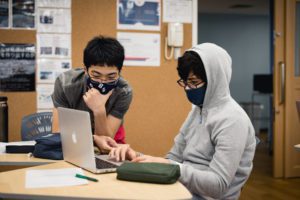
Students who are eligible for Grades 10 or 11 in August 2023 are invited to take the 2022 Scholarship Exam. This exam is the first step to potentially receiving the OYIS Achievement Award.
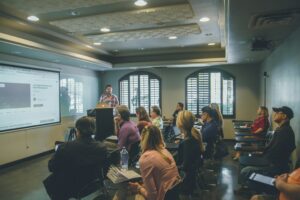
Osaka YMCA International School is hosting a professional learning event on Saturday, February 8, 2025. The focus of the sessions will be Rethinking Assessments, broken

Since November 2022 when ChatGPT was released to the world, it’s seemed that AI has been everywhere in the news. Since then, AI has become

Celebrating Our Teachers: 5 Educators Earn SENIA Level 1 Certification! We are excited to announce that five of our dedicated teachers have recently completed their

Being Good Enough vs Being Perfect The idea of having to achieve the highest level of perfection is something that often affects the best of
Click here to start your application
Sign in Here
Osaka YMCA International School – Copyright 2025